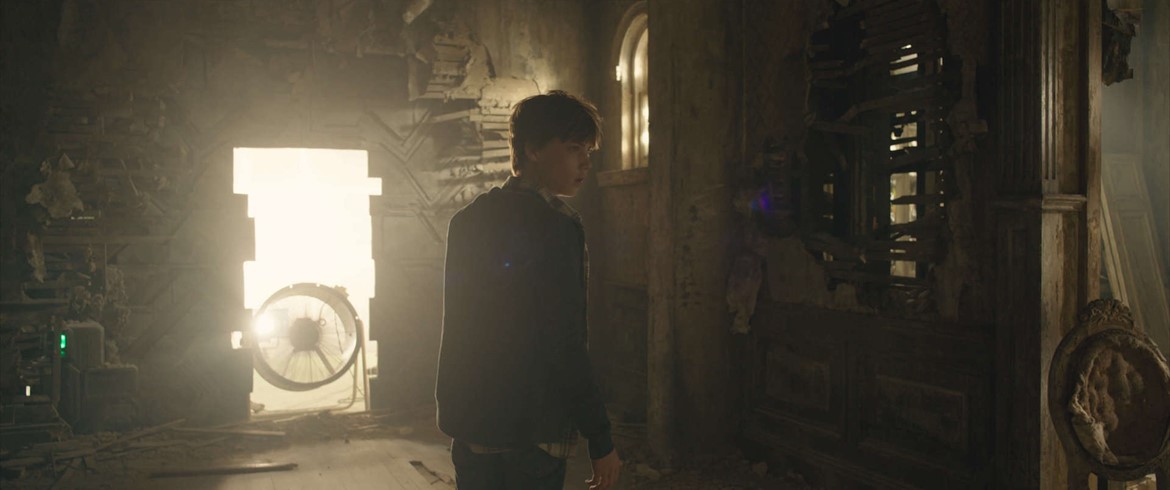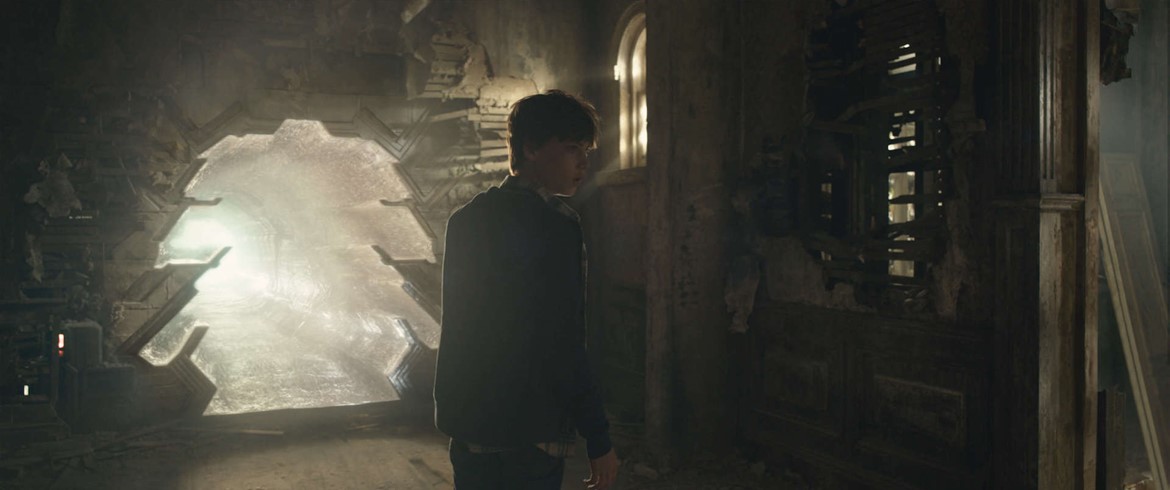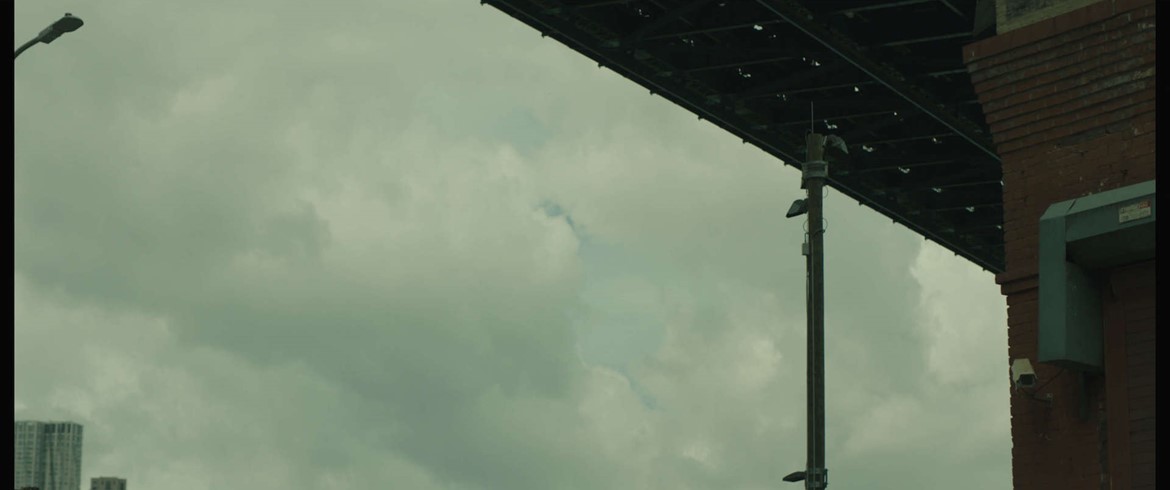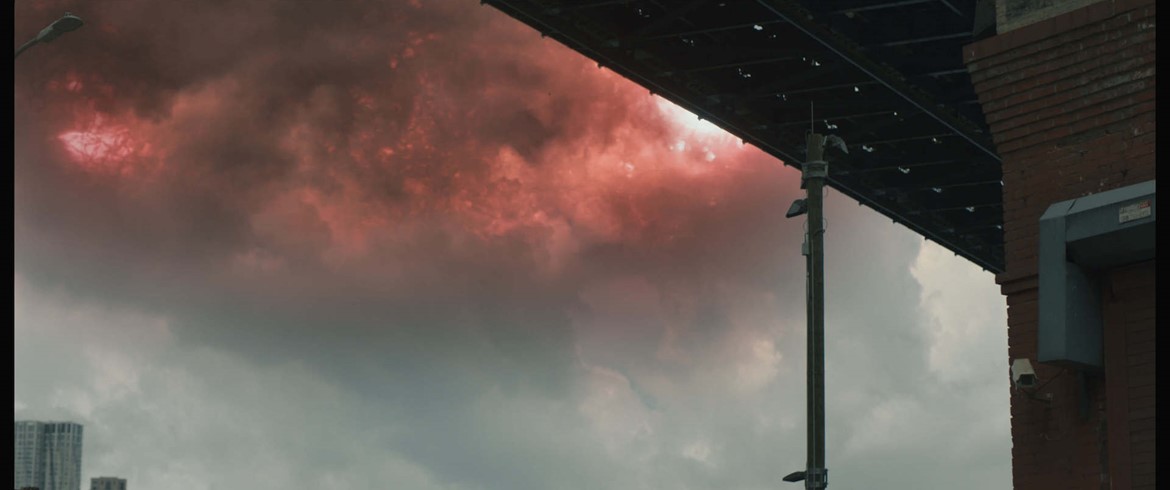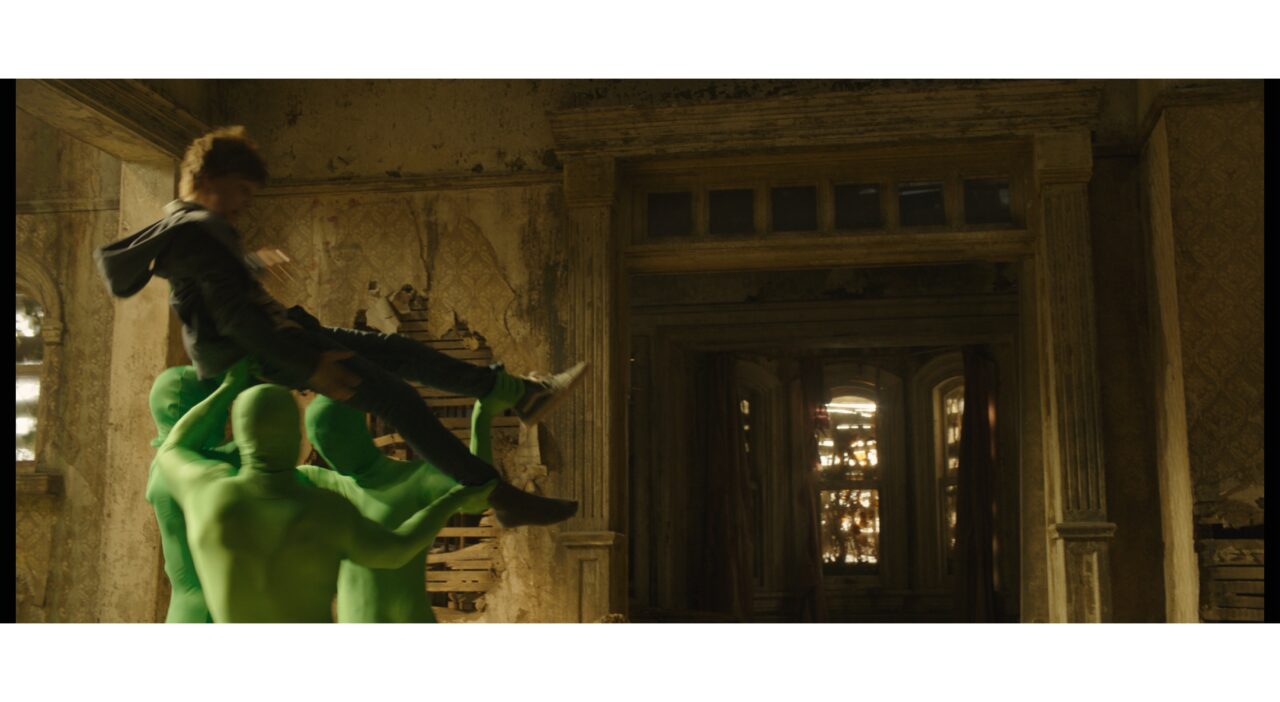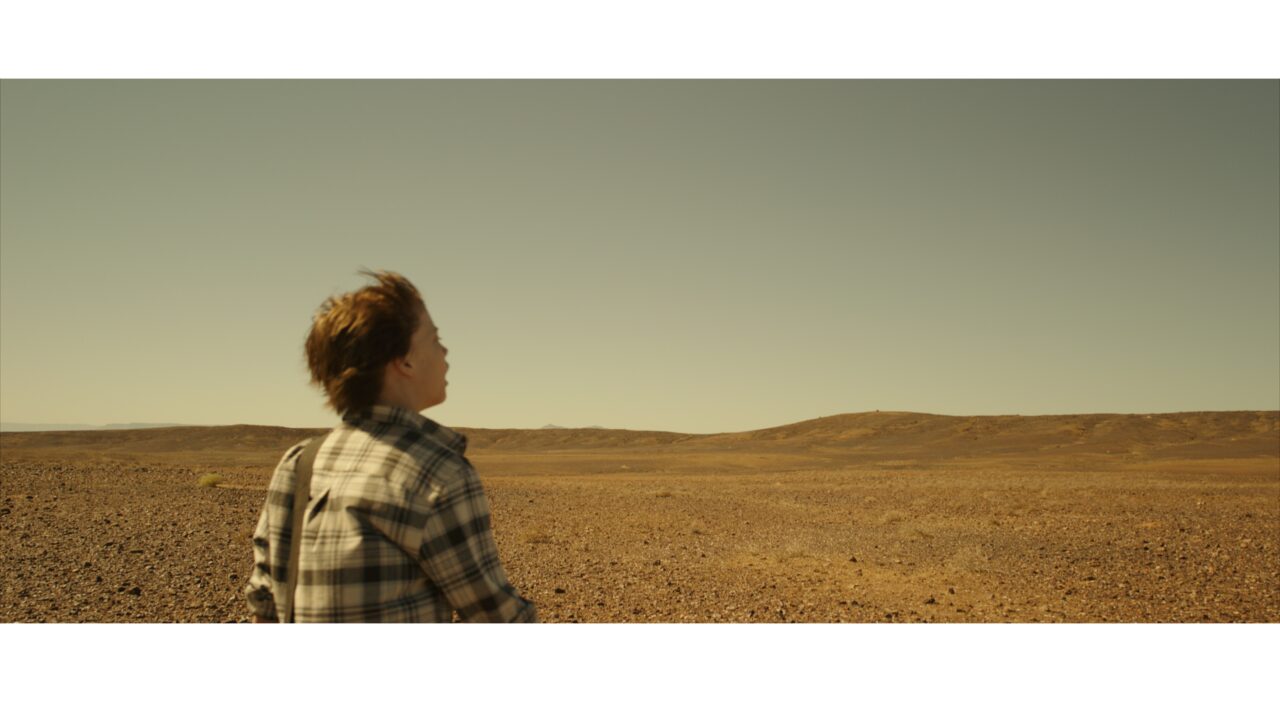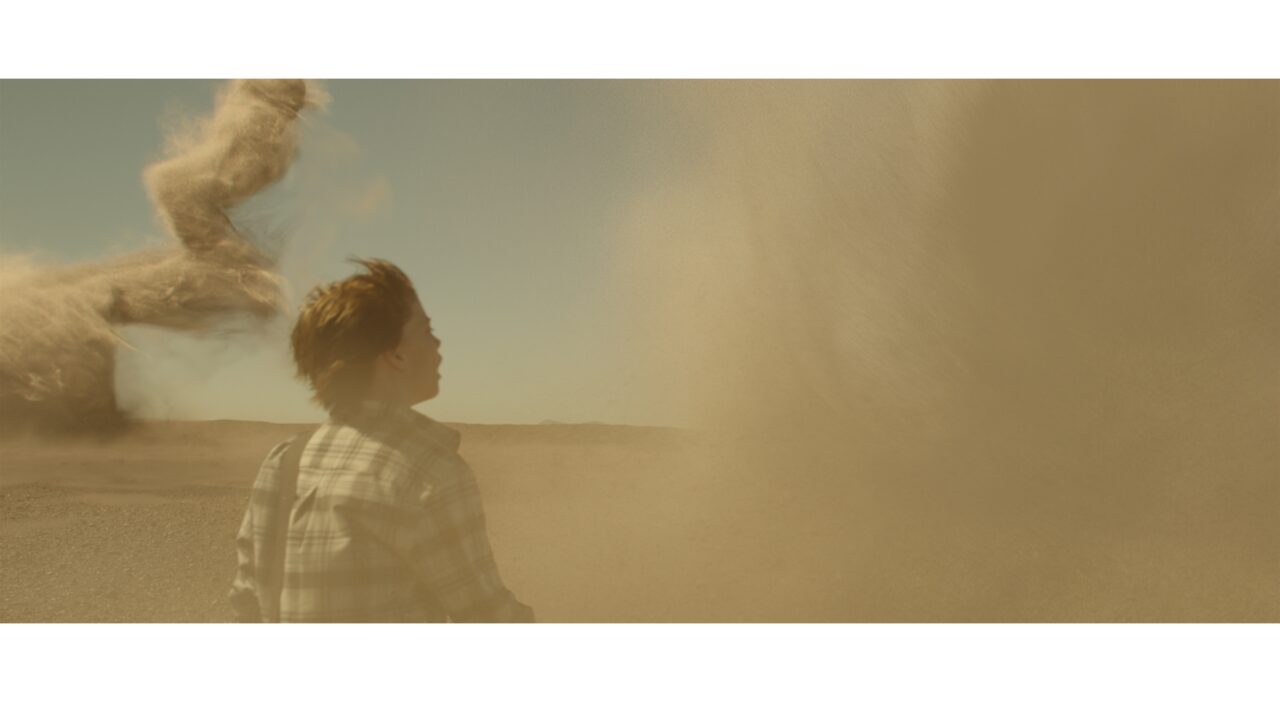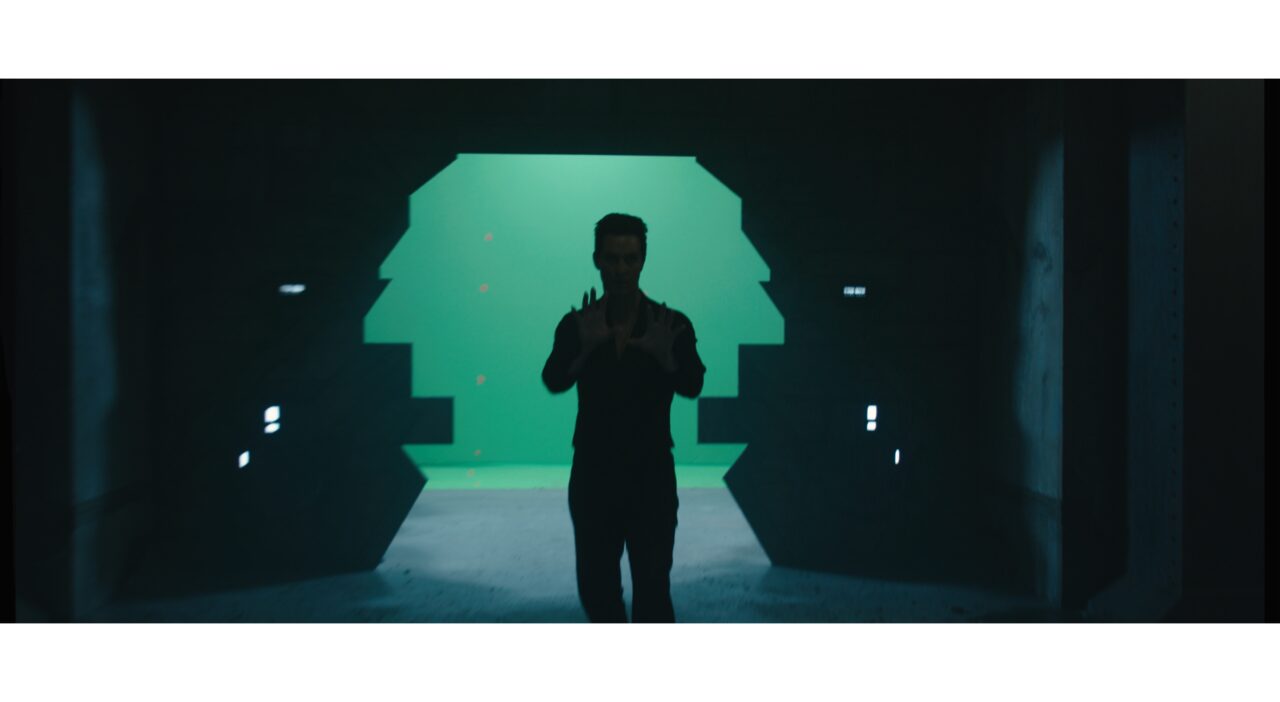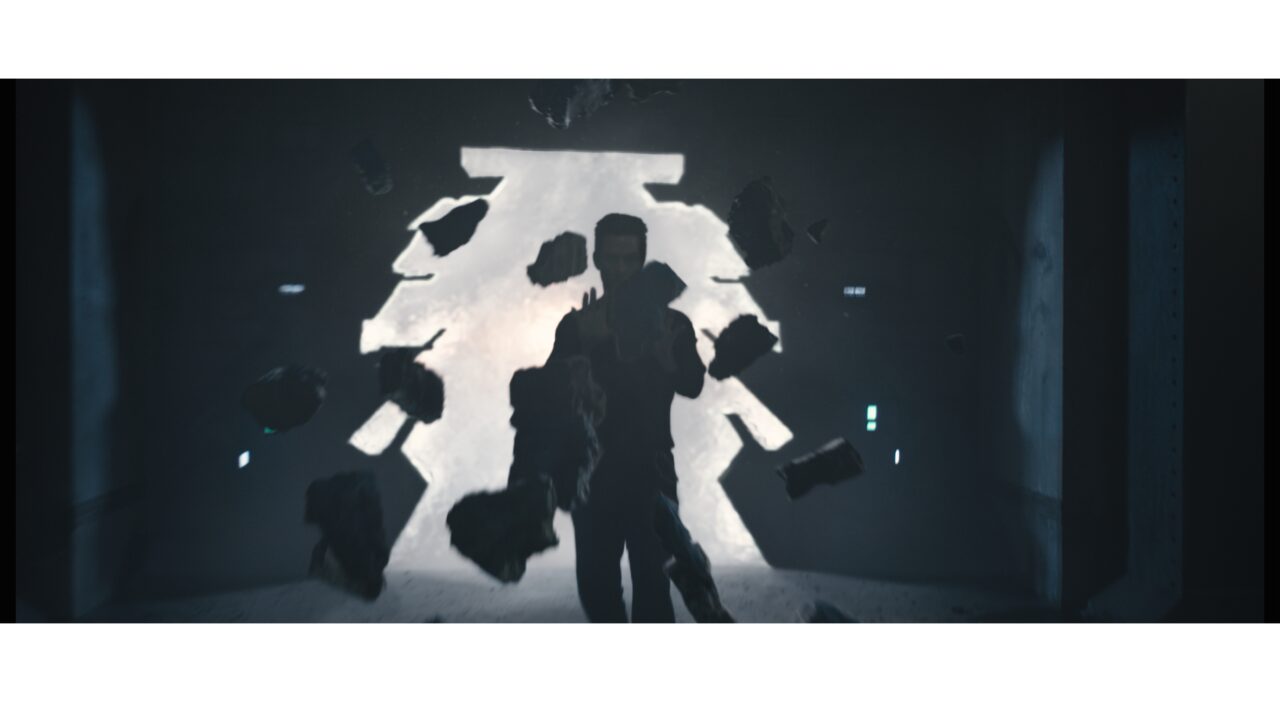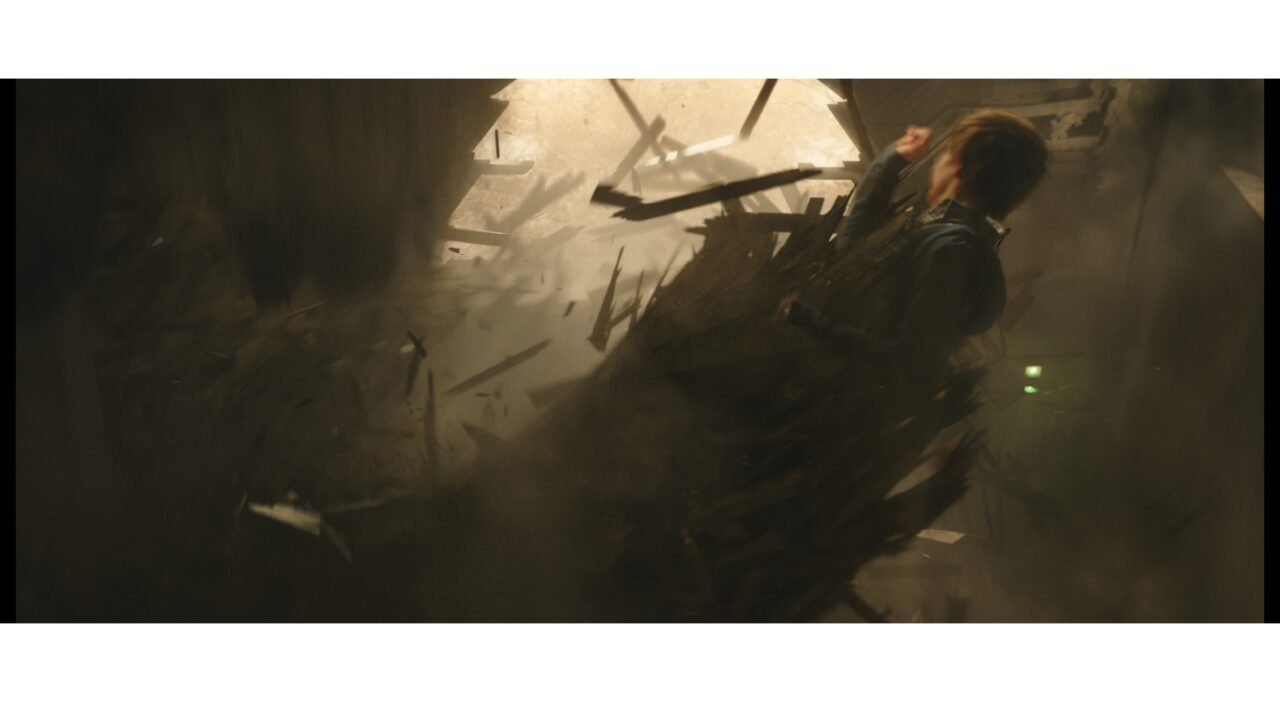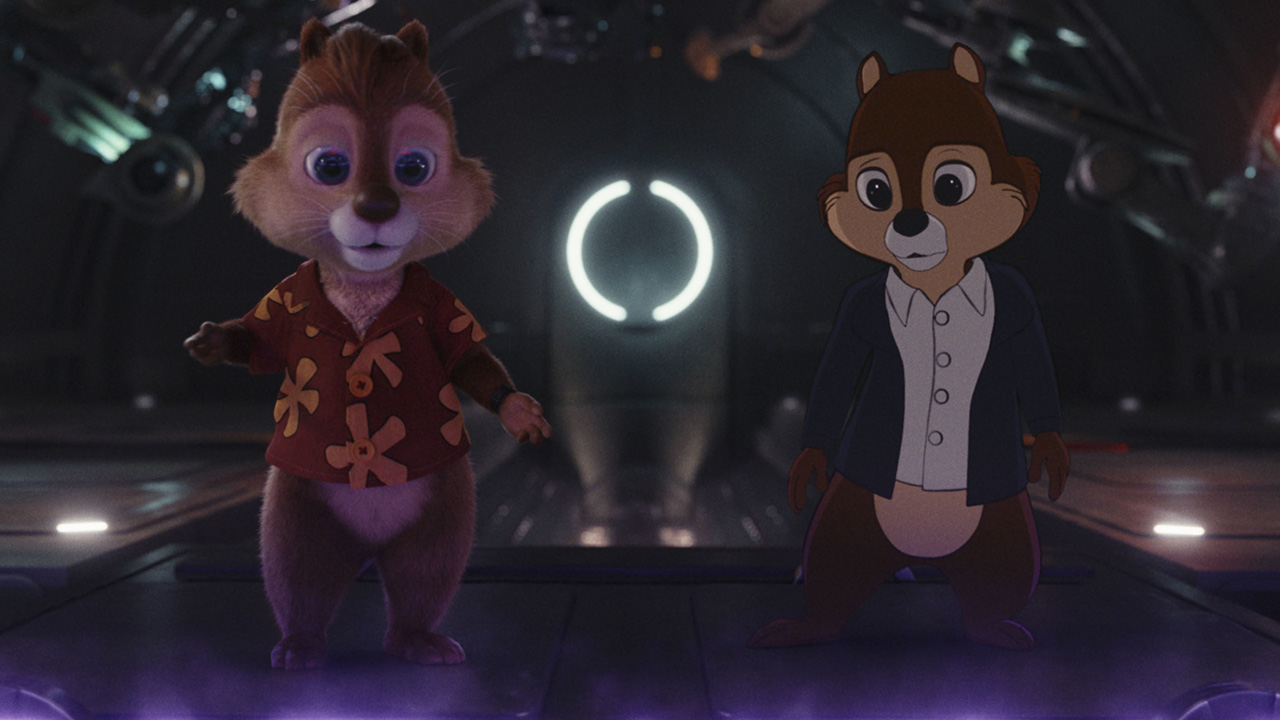The VFX work for Columbia Pictures’ and MRC’s The Dark Tower presented MPC with a range of visual challenges including complex creature animation, digital doubles, expansive environment builds, and destruction simulations.
Working closely with director Nikolaj Arcel and Production VFX Supervisor Nicolas Aithadi, MPC’s team, led by VFX Supervisor Chris Downs, completed more than 400 shots. As lead VFX studio, MPC’s work on The Dark Tower required a global team effort with artists in Vancouver, London and Bangalore working across various disciplines.
One of MPC’s tasks was to bring to life the Crimson Creatures and create “The Thinny,” the ethereal barrier between the human world and the hellish world. As both elements were critical to a story point involving the story’s protagonists Jake and Roland (The Gunslinger), teams worked on these two effects in parallel to ensure they would tie together on screen. The Modelling team sculpted the 10-foot-tall bat-like creature based on art department concepts, paying particular attention to facial details such as wrinkling to help bring realism. The additional challenge was to ensure that the creature could interact with the ethereal membrane while balancing the complex aesthetic that the director envisaged.
The next challenge involved the House Demon and portal within the Dutch Hill sequence. MPC began by working from the plate material, shot on an interior set with four green-suited stunt performers acting as the demon. As work progressed, it became clear that the House Demon, a serpent-like creature, would have a big impact on the structure of the house, destroying large sections of the building. MPC built a digital replica that could be destroyed in a more art direct-able manner. Using Kali, MPC’s in-house destruction tool, FX artists were able to create the photo-real destruction of the building. The portal was envisaged to cycle through different stages, from appearing as a dangerous tunnel of energy connecting the two dimensions to a more sedate membrane that allows the characters to pass between dimensions freely.
MPC was also responsible for visual effects sequences at the film’s climax. These sequences required creating detailed digital doubles for a fight between Sayre (one of the evil Man in Black’s henchmen) and Roland, including both characters crashing through a window, fighting in mid-air, falling into a speeding bus, and ending up in the streets of New York. In addition to creating the character doubles, the sequence involved numerous set extensions and breaking CG glass and debris created through extensive cloth simulations and lighting work. Later in the sequence, Roland and the Man in Black face off, with CG projectiles including glass, concrete and metal. Finally, MPC’s FX team once again used Kali to create the ultimate destruction and epic explosion of the Devar Toi pyramid.
The Dark Tower is now continuing its release in territories around the world.
There are other worlds than these. Stephen King’s The Dark Tower, the ambitious and expansive story from one of the world’s most celebrated authors, makes its launch to the big screen. The last Gunslinger, Roland Deschain (Idris Elba), has been locked in an eternal battle with Walter O’Dim, also known as the Man in Black (Matthew McConaughey), determined to prevent him from toppling the Dark Tower, which holds the universe together. With the fate of the worlds at stake, good and evil will collide in the ultimate battle as only Roland can defend the Tower from the Man in Black.
Starring Idris Elba, Matthew McConaughey, Tom Taylor, Claudia Kim, Fran Kranz, Abbey Lee, and Jackie Earle Haley, the film is directed by Nikolaj Arcel and produced by Akiva Goldsman, Ron Howard, and Erica Huggins. The screenplay is by Akiva Goldsman & Jeff Pinkner and Anders Thomas Jensen & Nikolaj Arcel, based on the novels by Stephen King.
